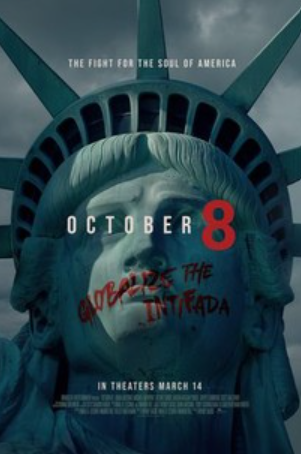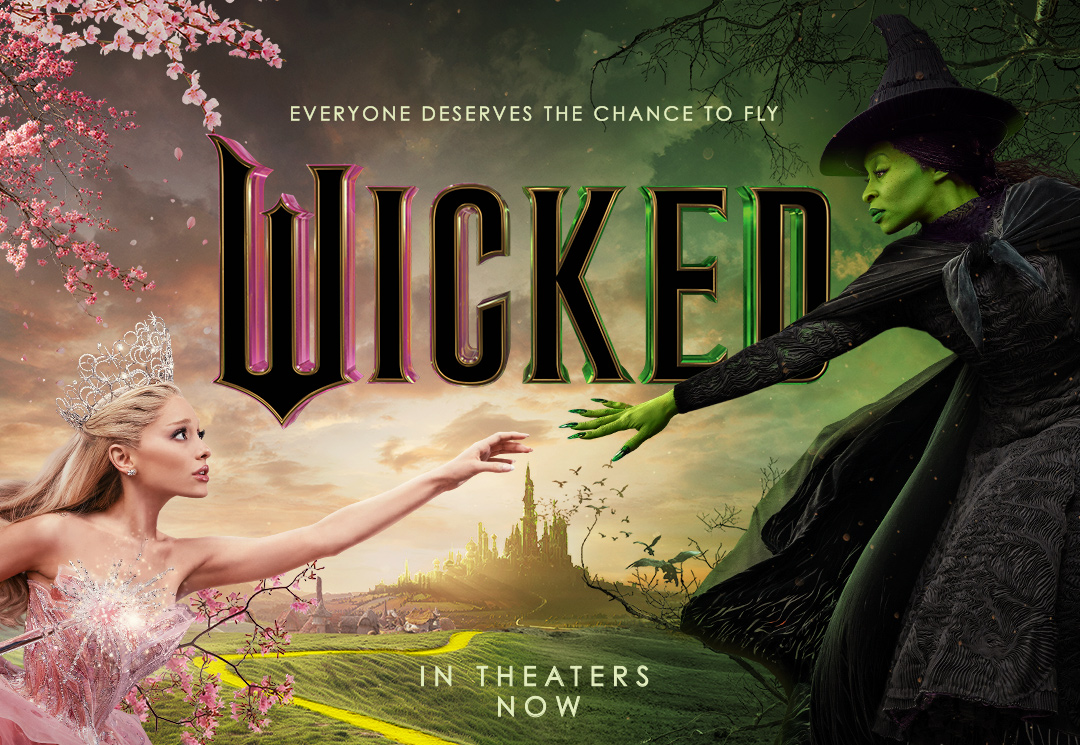
In 2023 alone, the popular film studios Marvel, Disney and Pixar have all lost billions of dollars on movies that underperformed in the box office. The cause? For some reason, all of the fans that once spent money on movie tickets, streaming services and merchandise have abandoned these big studios.
Box-office bomb “Ruby Gilman, Teenage Kraken” lost an estimated $80 million for Universal Studios. “Indiana Jones and the Dial of Destiny,” the sixth installment in the franchise, lost $100 million for Disney. “Ant Man 3” was one of the worst Marvel releases in recent history, with a projected loss of $125 million. There may be many reasons for this downward trend. Perhaps audiences have become disenchanted with the Marvel Cinematic Universe; Indiana Jones has become too old to appeal to new audiences, or teen coming-of-age movies have lost their charm. Some may argue that theaters themselves have become unpopular, losing out to more convenient streaming services.
However, if one looks at blockbuster hits like “Spiderman: Across the Spider Verse,” which made 6.8 times its production budget for a total of $689 million in the worldwide box-office, it looks like theaters are still as popular as ever. “Spiderman: Across the Spider Verse” also happens to be a superhero, coming-of-age, and sequel movie, all of which have not performed well in comparison. So why have small studios like Sony Pictures succeeded where Disney failed?
Corporate greed is the one string threading all of these bad movies together. Put into other words, it is simple to see why some of these projected box-office hits failed so badly: a third addition to the Antman franchise, a half-hearted animated failure with barely any advertising, and a sixth Indiana Jones movie… These reboots and sequels are obviously cash grabs, and people are getting tired of these machinations.
The film industry had perfected a formula: snag audiences with a good movie and sell all the action figures, costumes and posters they want. After that, corporations cling onto the cash flow with pointless sequel after sequel. Up until this point, that formula had acted as an infinite money hack for these mass-media corporations. However, modern audiences have started to resist these nostalgia-baiting callbacks to a time when Disney was good.
For example, take “Indiana Jones”. He was once an example of a successful franchise based off of a single character, making billions of dollars worldwide. However, “Indiana Jones and the Lost Dial” (2023) barely managed to break even. It is a system decay —characters and storylines have been over recycled and stretched beyond their capacity, and they are no longer hitting the mark. Consumers had begun trusting the Indiana Jones franchise to make good movies, but that trust crumbled when worse and worse movies were released, culminating in the massive failure.
It could be argued that “Barbie” or “Spiderman: Into the Spiderverse,” for example, are successful movies that also take advantage of audiences’ love for a franchise or character. However, these movies had an originality that other studios have been incapable of producing for the past few years. Instead of writing a generic, boring plot, these movies go the extra mile to satisfy and appeal to audiences using groundbreaking animation, unique concepts and clever marketing. In other words, these are all things that studios like Marvel, for example, have failed to replicate.
Although viewers hope that 2024 will bring better times for movies, with movies like Despicable Me 4, Kung-Fu Panda 4, Deadpool 3 and Inside Out 2 all being released, the outlook is not necessarily positive. It almost seems like studios are trying to treat movies like TV shows, extending the shelf life of these movies past their expiration date. Perhaps one day large studios will stop exploiting audiences for money and breaking consumer trust to instead start making good movies again, but with the current line-up, it does not look like that will be happening any time soon.














